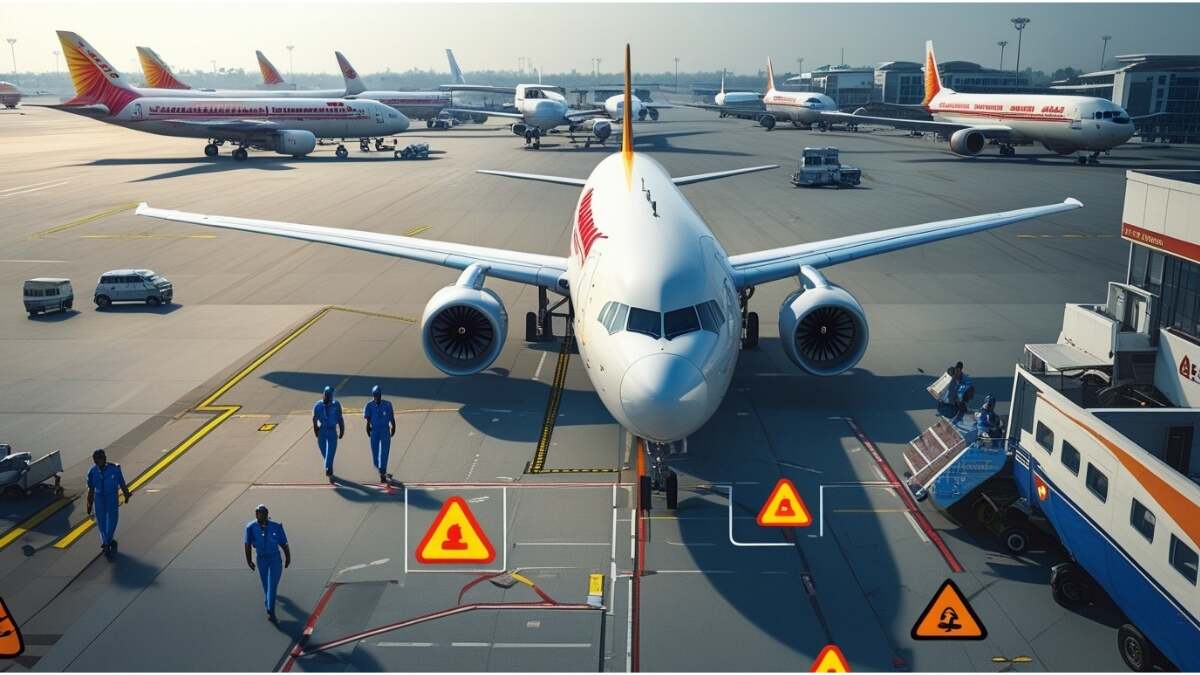Although India is one of the aviation industries with the greatest rate of growth in the world, the June disaster of an Air India 737 has increased scrutiny of safety regulations.
Rising Fleet, Safety Concerns
As the nation’s airlines get thousands of aircraft and its rapidly expanding market creates opportunities for new companies, India will need stronger government monitoring, the government’s aviation safety head told Reuters.
India’s director general of civil aviation, Faiz Ahmed Kidwai, stated in an interview on the sidelines of the UN aviation agency‘s triennial assembly in Montreal that the country is looking at With the nation’s commercial aircraft fleet almost doubling in size over the last decade and another 2,000 on order, the phrase “greater responsibility, more safety monitoring, more people” seems appropriate.
Although India’s aviation industry is one of the fastest-growing in the world, the June disaster of an Air India flight has raised concerns about safety regulations.
Pilot Shortage Raises Worries
India is also experiencing a pilot shortage, and a legislative committee recently issued a warning that safety may be at risk due to a lack of staff at the air safety body. The agency claimed to have discovered 263 safety-related violations at the nation’s airlines in July.
Despite the fact that IndiGo and Air India dominate the nation’s aviation business, demand for travel is opening doors for new competitors.
Kidwai said, “We believe there is room for additional airlines since the way the industry is expanding, we need more companies.”
“Yes, additional airlines will have an opportunity if they arrive.”
Record Travel, Lingering Tragedy
According to statistics from the International Air Transport Association, a record 174 million Indians traveled both domestically and internationally in 2024, but that number is still insignificant when compared to China’s 730 million passengers.
The greatest aviation tragedy in ten years, the June Air India jet accident, claimed 260 lives and marred India’s quick ascent to prominence as a major aviation center.
Cockpit Confusion Sparks Probe
The Indian government had previously issued a preliminary inquiry report that revealed pilot uncertainty in the cockpit soon before the disaster, after the plane’s fuel engine switches flipping from run to cutoff nearly instantaneously after takeoff.
On Monday, the Supreme Court requested that the government reply to a motion for an impartial inquiry into the collision. In accordance with international procedures, Kidwai said that the probe is still within the jurisdiction of India’s Aircraft Accident probe Bureau.

